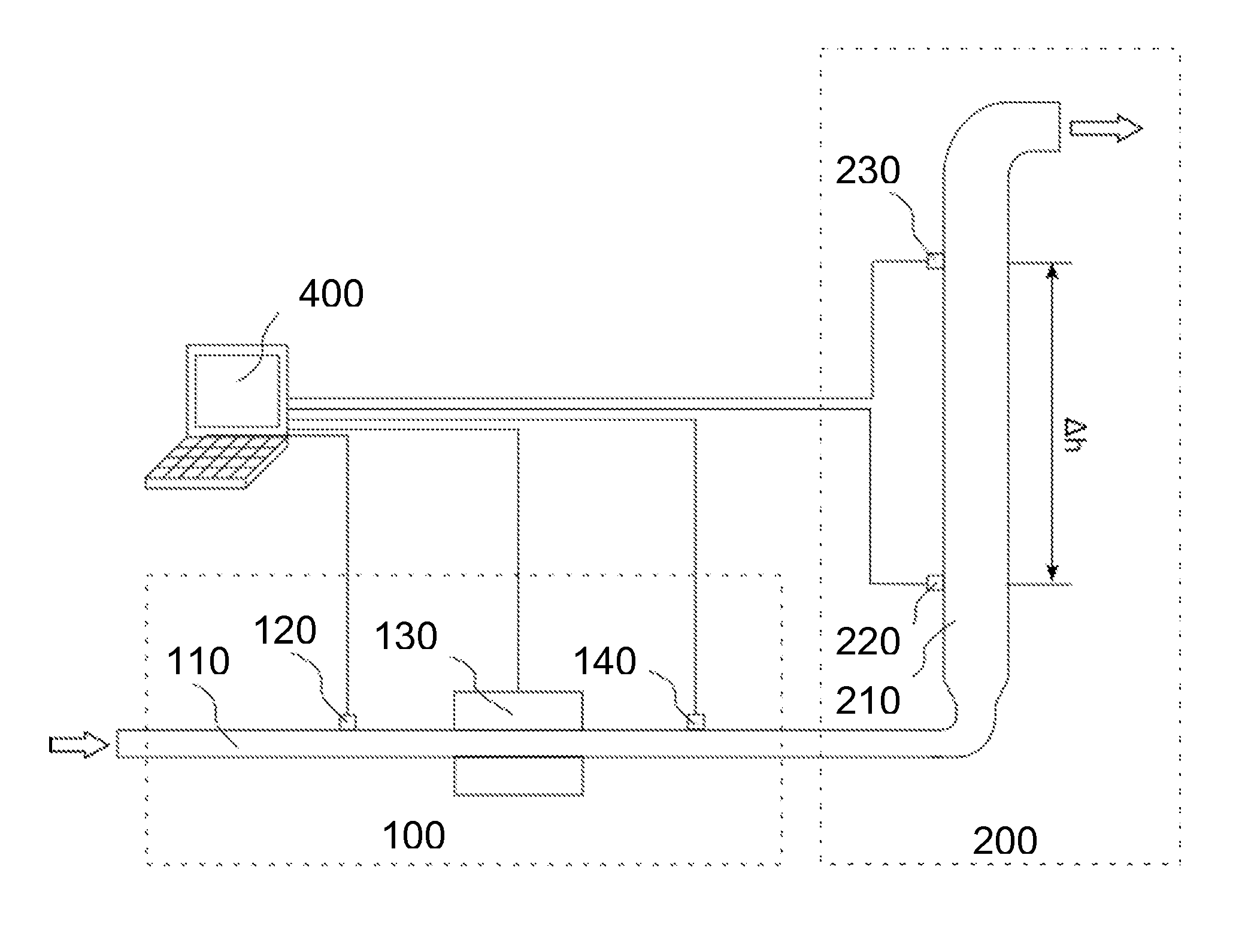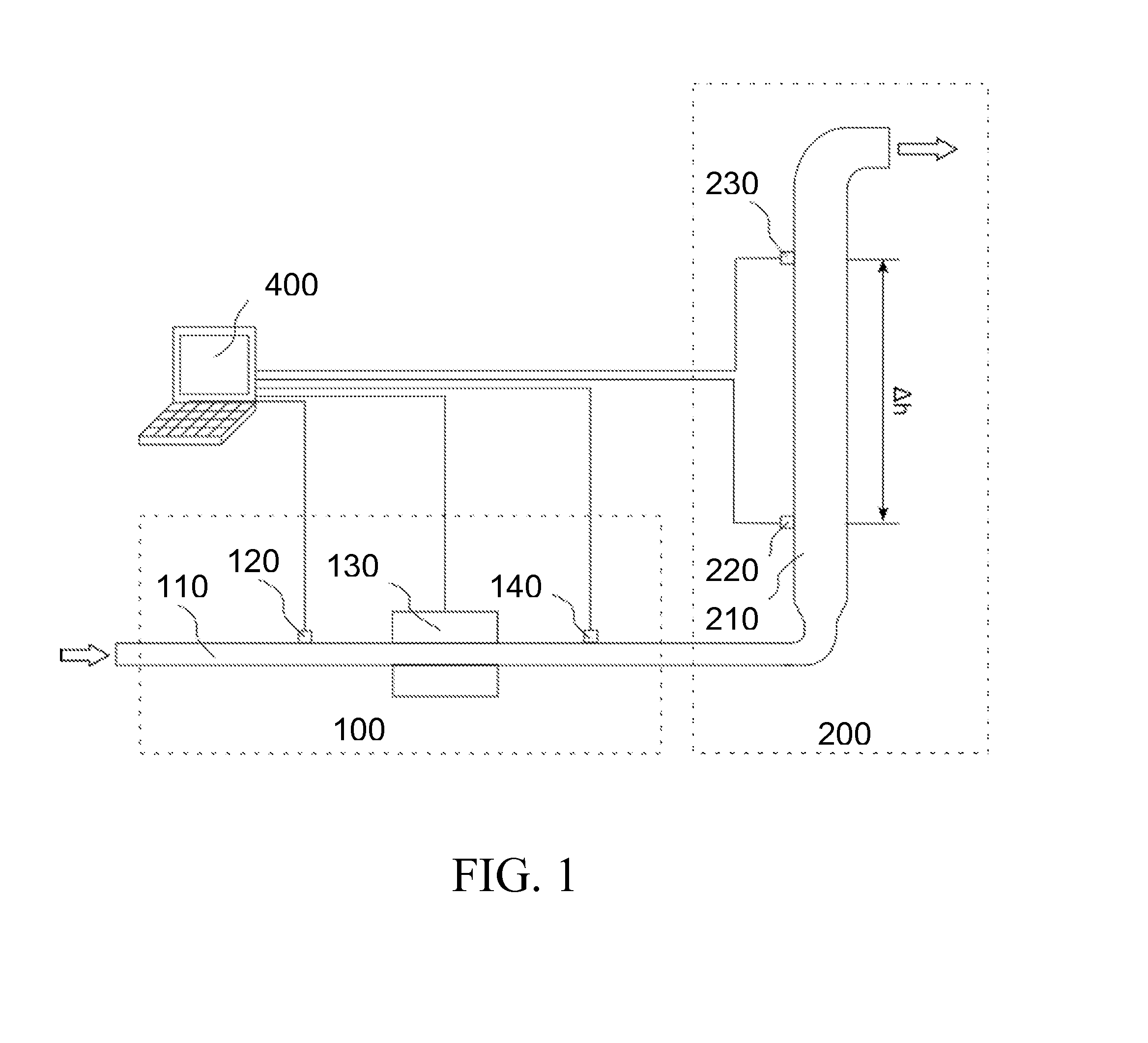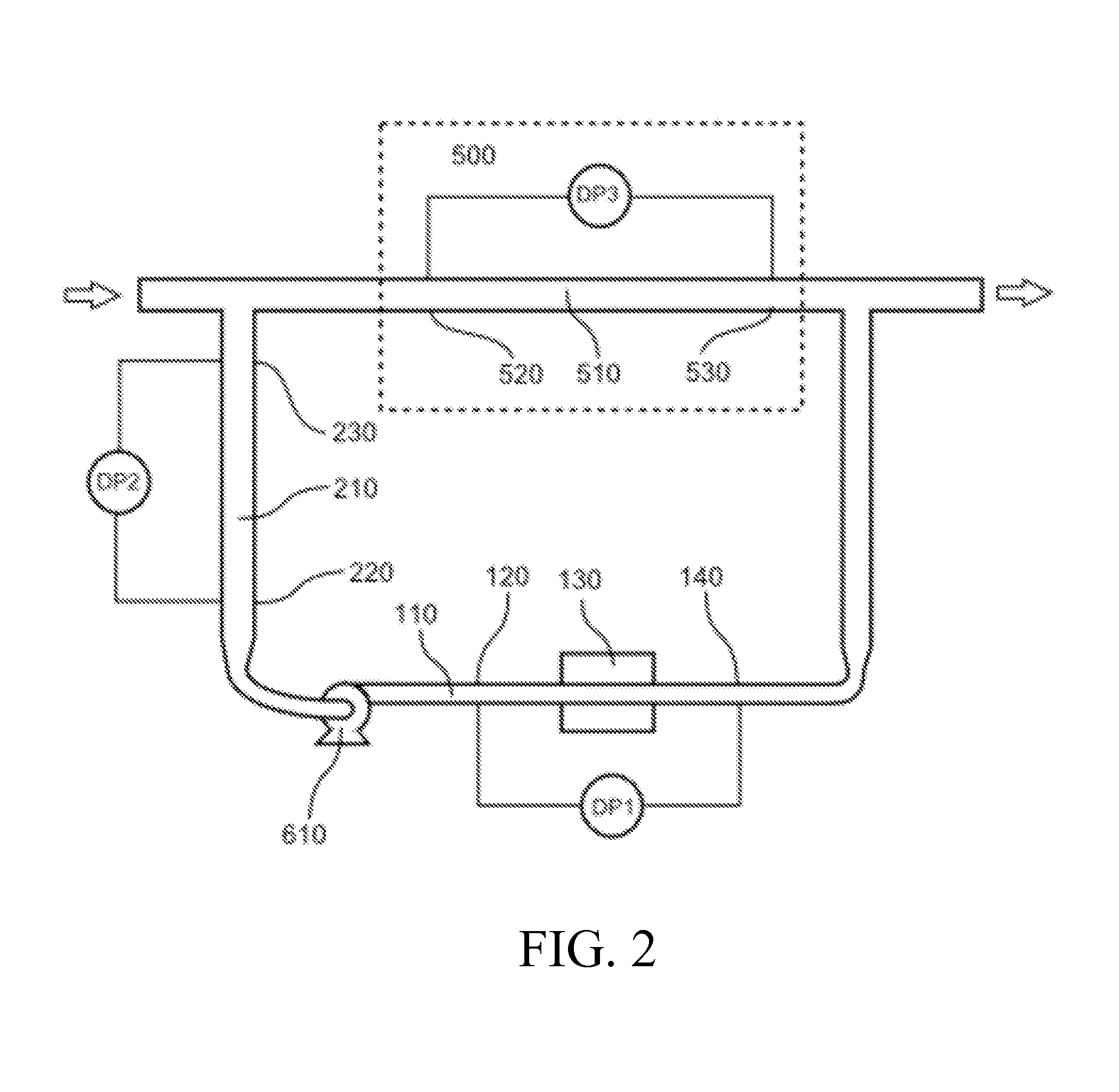Inline rheology/viscosity, density, and flow rate measurement
a flow rate and density technology, applied in specific gravity measurement, instruments, nuclear magnetic resonance analysis, etc., can solve the problems of difficult to measure viscosity on-line, unsuitable for fluids that may contain particles or sticky deposits, and generally used instruments for making measurements. , to achieve the effect of reducing the sensitivity to flow-related frictional effects, reducing pumping energy, and reducing frictional losses
- Summary
- Abstract
- Description
- Claims
- Application Information
AI Technical Summary
Benefits of technology
Problems solved by technology
Method used
Image
Examples
Embodiment Construction
[0043]In the following description, various aspects of the invention will be described. For the purposes of explanation, specific details are set forth in order to provide a thorough understanding of the invention. It will be apparent to one skilled in the art that there are other embodiments of the invention that differ in details without affecting the essential nature thereof. Therefore the invention is not limited by that which is illustrated in the figure and described in the specification, but only as indicated in the accompanying claims, with the proper scope determined only by the broadest interpretation of said claims.
[0044]As used herein, the term “NMR spectrometer” refers to any device that uses nuclear magnetic resonance to obtain information about a test substance.
[0045]As used herein, the term “imaging NMR spectrometer” refers to an NMR spectrometer that comprises means for providing a homogeneous magnetic field, at least one radio frequency coil, and magnetic gradient ...
PUM
| Property | Measurement | Unit |
|---|---|---|
| flow rate | aaaaa | aaaaa |
| density | aaaaa | aaaaa |
| rheology | aaaaa | aaaaa |
Abstract
Description
Claims
Application Information
 Login to View More
Login to View More - R&D
- Intellectual Property
- Life Sciences
- Materials
- Tech Scout
- Unparalleled Data Quality
- Higher Quality Content
- 60% Fewer Hallucinations
Browse by: Latest US Patents, China's latest patents, Technical Efficacy Thesaurus, Application Domain, Technology Topic, Popular Technical Reports.
© 2025 PatSnap. All rights reserved.Legal|Privacy policy|Modern Slavery Act Transparency Statement|Sitemap|About US| Contact US: help@patsnap.com



